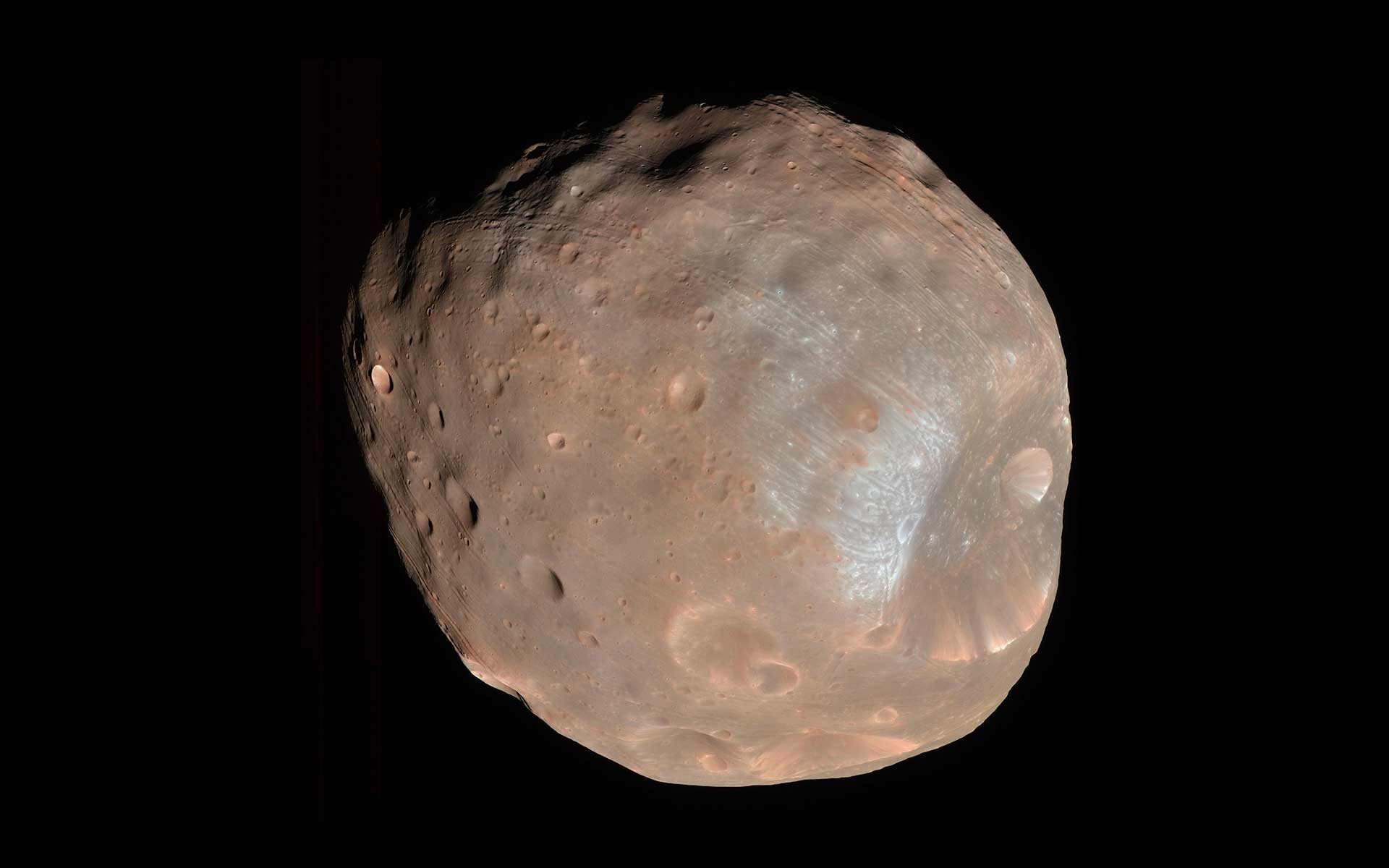Mars, often called the Red Planet, has captivated scientists and space enthusiasts for decades. But just how small is this intriguing celestial body compared to our own Earth? This article delves into the size difference between Mars and Earth, exploring their radii, volumes, and surface areas to provide a comprehensive comparison.
Mars vs. Earth: A Tale of Two Sizes
Mars is significantly smaller than Earth. Its radius is 2,106 miles (3,390 kilometers), roughly half of Earth’s radius of 3,959 miles (6,371 kilometers). To put this in perspective, if Earth were the size of a nickel, Mars would be about as big as a raspberry.
This difference in radius translates to a substantial disparity in volume. Mars has a volume of about 15% of Earth’s. This means that you could fit approximately six Mars-sized planets inside Earth.
While Mars’s surface area is less than Earth’s total surface area, it’s surprisingly close to the surface area of Earth’s dry land. This is because Earth’s surface is largely covered by oceans. Mars’s surface area is about 28% of Earth’s total surface area, but nearly the same as the land area on Earth. This vast expanse, though seemingly desolate, is home to diverse geological features.
Visualizing the Size Difference
Imagine holding a basketball (representing Earth) and a tennis ball (representing Mars) side by side. This visual analogy effectively demonstrates the significant size difference between the two planets.
Impact of Size on Planetary Characteristics
The smaller size of Mars impacts its gravitational pull, which is about 38% of Earth’s. This weaker gravity has implications for the Martian atmosphere, which is much thinner than Earth’s, and its ability to retain heat.
Furthermore, Mars’s smaller size and mass have resulted in a less geologically active planet compared to Earth. While evidence suggests Mars once had volcanic activity and possibly even flowing water, it is now largely dormant.
Exploring the Martian Landscape
Despite its smaller size, Mars boasts a fascinating landscape with diverse features, including the largest volcano in the solar system, Olympus Mons, and a vast canyon system, Valles Marineris, that dwarfs Earth’s Grand Canyon.
While smaller than Earth, Mars remains a compelling subject of study for scientists seeking to understand planetary formation, the potential for past or present life, and the future of human exploration beyond our own planet.
